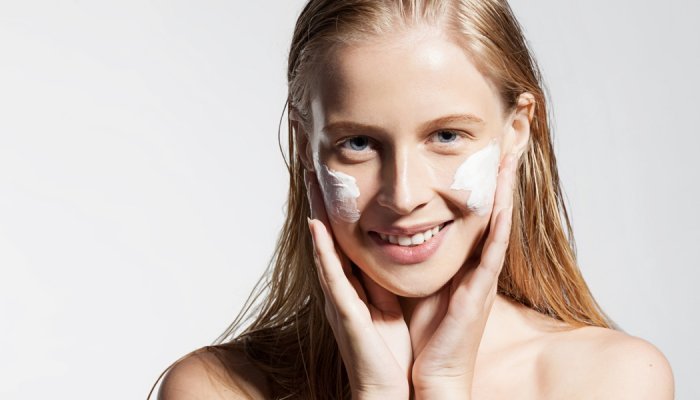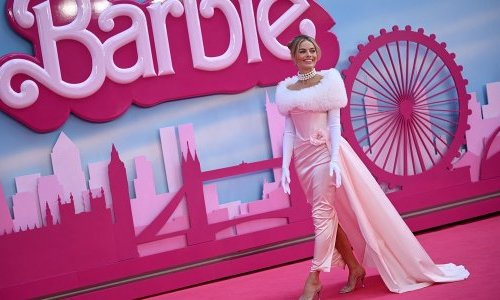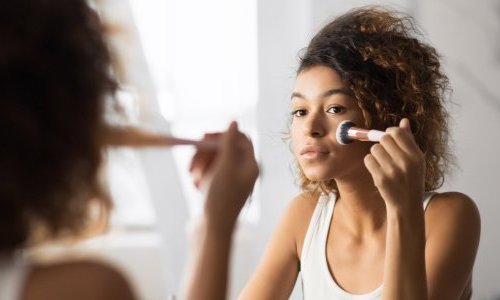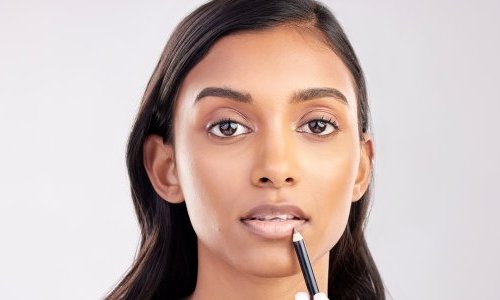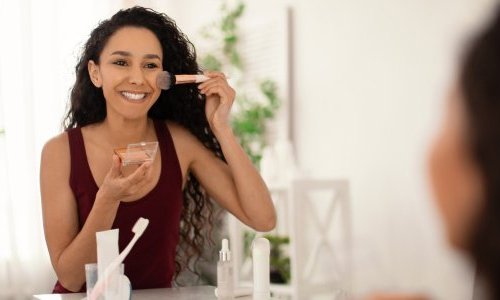Originating well before the Covid-19 pandemic, the “clean beauty” movement has boomed with the consumer craze for natural and organic cosmetics, that would be respectful of health and of the environment. Both brands and retailers stand for this reassuring notion, which is also a possible way to win the favour of increasingly committed and uncompromising younger generations.
A vague concept born in the USA
Actually, the concept is promising at a time when the public is particularly attentive to what they apply to their bodies, and what they throw (or don’t throw) in the trash, seeking out more natural ingredients, eco-responsible packaging, and transparency.
The important fact remains that clean beauty is not yet defined. The notion appears to have come about in the 1990s, while the specific term emerged in the 2000s, at the same time as certain cosmetic brands became references in the field, such as Tata Harper, Drunk Elephant, and Goop, and specialised retailers such as Credo Beauty or The Detox Market.
On the model of "Clean Eating", the concept tended to refer to cosmetics free from harmful or controversial ingredients, at a time when many American consumers – driven by public action groups such as the Environmental Working Group (EWG) – were wondering whether certain ingredients banned in Europe could be used in the United States.
Indeed, the European regulation on cosmetic products [1] — usually presented as the strictest in the world – contains in its Annex 2 a list of prohibited ingredients and substances as long as your arm. Which is far from being the case in the United States.
When apps come to the rescue
However, even in Europe, ingredients authorized by regulations are sometimes criticized. And to reassure consumers, some brands voluntarily blacklisting them from their formulas and those who claim to go the furthest in this direction then say they are “clean”. And as everyone is confused, digital solutions such as Beautylitic and Clear Formula are helping brands and retailers to see things more clearly!
And as we’re still far from the total transparency much sought after, shoppers are also turning to digital apps. From Yuka to INCI Beauty to QuelCosmetic or Clean Beauty, there are countless solutions designed to analyse and evaluate the content of creams, scrubs, serums, makeup removers and the likes.
Green revolution
But the apps themselves are struggling to keep up! Indeed, adding up complexity to the concept, Clean Beauty gradually took on a green hue… especially in Europe!
As a result, more and more brands are now paying particular attention to the use of natural — sometimes organic — ingredients, and to the reduction of excess packaging. Solid cosmetics, refills and bulk buying, not to mention holistic beauty, are all trends that gravitate around the clean beauty concept.
Global success
Despite this vagueness (or thanks to it), Clean Beauty has captivated people all over the world. It’s clear that the pandemic has reinforced the appeal of natural and organic cosmetics, with a boom in green skincare. On Instagram, the term "clean beauty" has already resulted in nearly 6 million posts to date, while it has generated no less than a billion views on TikTok — not counting the many associated hashtags.
This interest has already sparked many beauty trends, like the "Clean Girl" aesthetic, celebrating a minimalist routine, but also "clean" makeup.
Today, there are few new skincare brands that do not claim to be clean, and clean perfumery is also taking off. As for heritage brands, they are slowly but surely reinventing their formulations to adapt to this demand.
If a few private seals try to emerge, it is unlikely that the notion of Clean Beauty will ever be truly clarified. Actually let’s not forget that “to be unambiguous can only be to one’s own detriment!”

